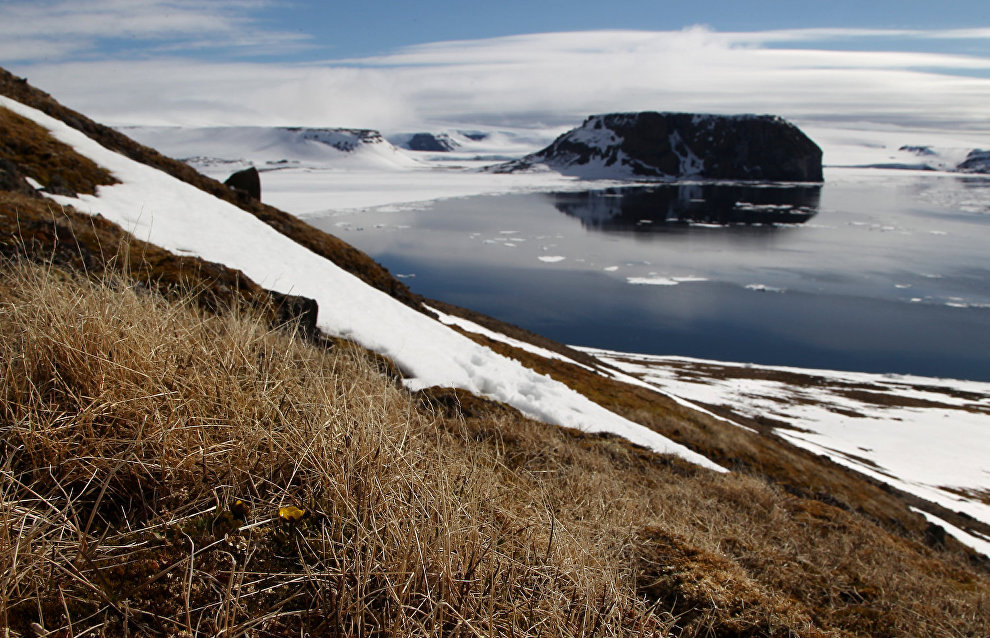Scientists: Average annual temperature in the Arctic has gone up almost 3 degrees since 1970
Experts from Tyumen State University have published the results of their geocryologic conditions monitoring carried out in the western sector of the Russian Arctic.
“The greatest changes in the average annual rock temperature were recorded in the typical tundra. The average temperature rise there reaches 0.056 degrees per year. In general, since 1970, the average annual air temperature has increased about 2.8 degrees across the region, which is close to the severe climate change scenario,” said Alexander Vasilyev, an employee of Tyumen State University and the Earth Cryosphere Institute of the Tyumen Scientific Center at the Siberian Branch of the Russian Academy of Sciences.
The research was carried out in the typical and southern tundra, forest-tundra, and northern taiga. Experts noted that, along with an increase in average annual temperatures, the annual amount of precipitation had also risen by 5–10 percent. Scientists also recorded permafrost degradation in all the climatic zones, except the typical tundra.
“In the forest-tundra zone, permafrost thawing began in the mid-1990s and has now reached 7–10 meters in well-drained areas,” Alexander Vasilyev explained. At the same time, permafrost degradation helps vegetation cover to grow actively and the boundaries of bioclimatic zones move north.
Temperature monitoring of frozen rocks is carried out as part of the Russian Ministry of Science and Higher Education’s state task: to analyze the conditions and speed of permafrost degradation and study climate change’s impact on vegetation cover, with support from the Russian Foundation for Basic Research. In 2016–2019, expedition work was conducted at monitoring sites in the European North and Western Siberia with the support of the Russian Science Foundation.
